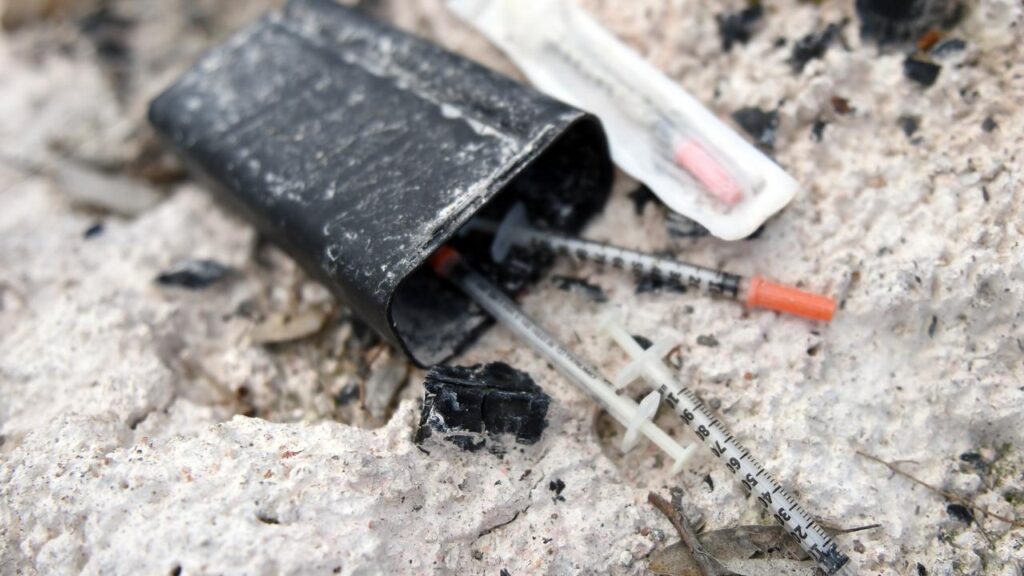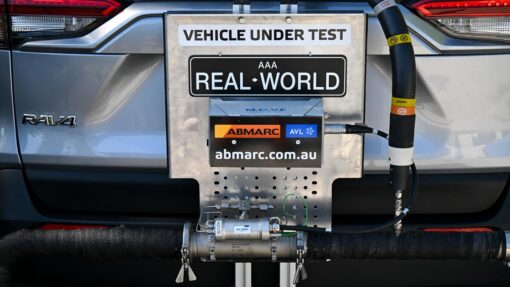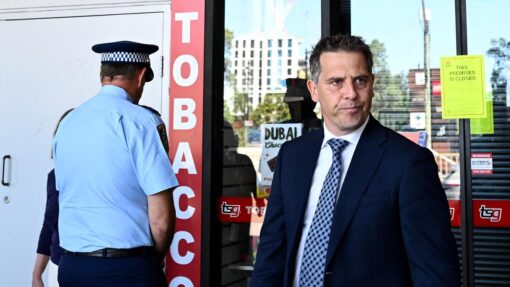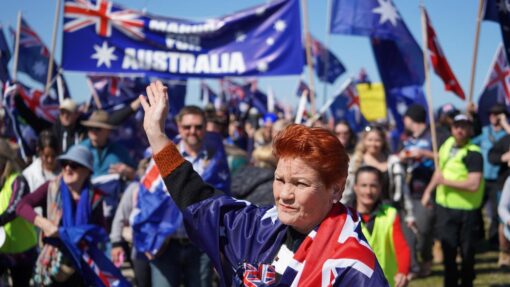War on drugs a ‘costly failure’ amid record consumption
Jack Gramenz |

Australia’s insatiable appetite for illicit drugs is fuelling demand from international crime groups and drug dealers cashing in on the lucrative market, prompting calls for a fresh approach.
Analysis of wastewater by the Australian Criminal Intelligence Commission, in partnership with universities, detected a growth in consumption of major illicit drugs around the nation.
Methylamphetamine (ice), cocaine and heroin were all found at record highs in the latest analysis, which began in 2016.

More than 22 tonnes of those three drugs, as well as MDMA (ecstasy), was consumed in Australia in the year to August 2024, according to the wastewater analysis.
It has boosted the illicit drug trade and the profits for organised criminals, with an estimated $11.5 billion spent.
Ice consumption rose to an estimated 12.8 tonnes.
Cocaine use increased almost 70 per cent, MDMA almost 50 per cent and heroin almost 15 per cent.
The commission’s drug specialist Shane Neilson said the market was rebounding after consumption dropped amid tighter border controls and lockdowns during the COVID-19 pandemic.
Large profits from a consumer base willing and able to pay higher prices than other global markets are driving the business.

Drug traffickers will throw tonnes of product at Australia’s borders, knowing whatever gets through will make enough money to outweigh losses from seizures, some of which outweigh total detected annual consumption, Mr Neilson said.
“It’s just a relentless determination of transnational and domestic serious and organised crime groups to continue to supply the Australian market,” he said.
Home Affairs Minister Tony Burke said the increase in consumption was in line with other nations with comparable economies.
He praised government agencies for “stopping more illegal drugs than are making it over the border”.
“This is preventing a huge amount of harm, including sparing our community from the extent of the opioid crisis that we have seen in so many other countries,” he said.
Organised crime groups are also thought to be fuelling a rise in illicit tobacco, but while nicotine consumption reversed a decline in the second half of 2024, it’s impossible to determine what proportion of it was obtained on the black market.

Ketamine use is also rising.
Forensic analysts believe the majority of the general anaesthetic being consumed is imported and illicit, with the drug’s use in medical and veterinary settings less prevalent.
It’s the same for cannabis, despite thousands of people having it medically prescribed.
“Although the number of users of medicinal cannabis is increasing, it’s small relative to the overall use of cannabis,” Mr Neilson said.
The nation’s multibillion-dollar splurge on illicit drugs sends profits solely to organised criminals, the crime commission said.
“There is no taxation on these profits and economically it does have an impact,” Mr Neilson said.

The data provided the strongest evidence yet “that the so-called ‘war on drugs’ is a catastrophic and costly failure,” NSW Greens MP Cate Faehrmann said.
“Despite record police seizures and billions poured into enforcement, more people are using more drugs than ever before,” she said.
“The only winners are the organised crime bosses raking in billions.”
She repeated calls for the NSW government to respond to recommendations from a drug summit it received in April.
The latest National Drug Strategy Household Survey suggests almost one-in-two Australians aged 14 and older – 10.2 million people – had illicitly used a drug at some point in their lifetime, including the non-medical use of pharmaceuticals.
An estimated one in five Australians, or 3.9 million, have used in the past 12 months.
AAP


